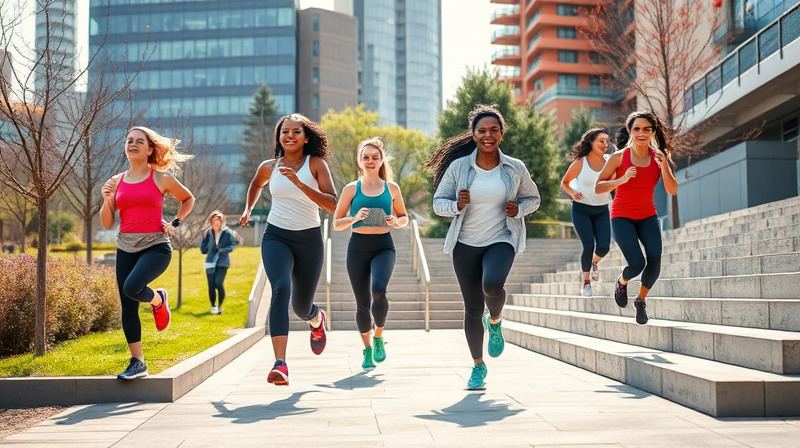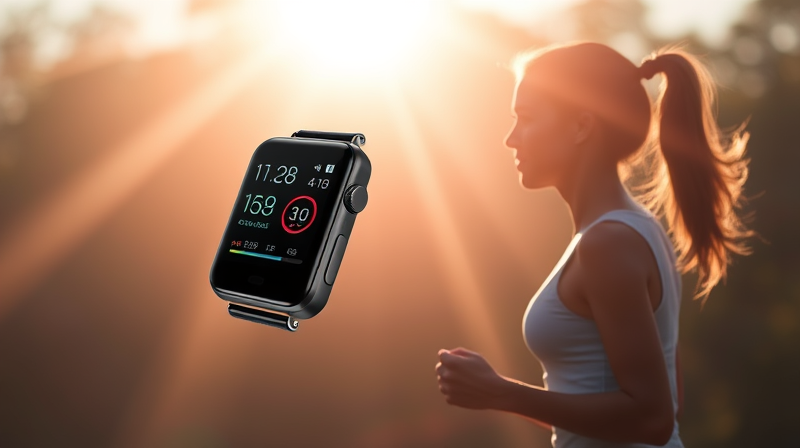Inclusive group workouts allow people of different ages, abilities, and fitness levels to come together to improve their health and well-being. These sessions are not only about physical exercise but also about building community, celebrating diversity, and ensuring everyone feels supported. Fitness professionals have an important role in creating a safe, welcoming, and effective space where each participant can feel empowered and valued.
When instructors design classes that reflect the needs of a diverse group, they help break down barriers that might otherwise discourage many from participating. Through thoughtful planning, modifications, and a focus on accessibility, both physical and emotional health goals become more attainable for everyone involved.
Key Strategies for an Inclusive Environment
Developing a successful inclusive workout program begins with understanding the needs of each participant. Instructors must be prepared to adapt workouts, emphasize community, and address the unique requirements of both younger and older adults.
- Adapt Workouts to All Fitness Levels and Abilities:
One key strategy is to offer modifications that allow exercises to be accessible for everyone. This means providing low-impact alternatives for beginners and those with physical challenges, as well as more advanced options for experienced participants. Using equipment such as resistance bands, adjustable weights, or even seating adaptations supports increased participation from individuals with limited mobility or disabilities. It is essential to tailor balance and flexibility exercises to ensure participants remain safe while reaping the benefits of the workout.
- Embrace Diversity in Age:
Workouts need to reflect the different needs of various age groups. For instance, low-impact programs designed for older adults, like arthritis-friendly classes, help improve strength and cardiovascular health while reducing the risk of falls. Moreover, scalable workouts that provide a challenge for younger participants and families ensure that people of all ages feel included and motivated to participate.
- Foster Community and Social Connection:
Group workouts can serve as a catalyst for building friendships and strengthening community ties. Activities that focus on teamwork and mutual encouragement create an environment where every achievement is celebrated, whether it’s through a high five, group reflection, or other positive reinforcement methods. This strong community bond is often the key to long-term engagement in any fitness program.
- Focus on Accessibility:
It is crucial that workout spaces are adapted to meet the needs of all participants. This might include wheelchair-accessible facilities, clear instructions with visual aids, and support provided on both physical and virtual platforms. By utilizing technology alongside in-person training, the barriers to participation become minimized.
- Train and Educate Instructors:
Strong leadership is the cornerstone of successful group workouts. Educators and fitness trainers should be well-versed in inclusivity concepts and knowledgeable about the special needs of participants, particularly older adults and those with chronic conditions. This involves ongoing training and certification programs, such as specialized senior fitness classes, to ensure that instructors have the necessary skills to adapt workouts safely and effectively.
- Promote Body Diversity and Positivity:
Adjusting the focus away from physical appearance to overall health and strength is critical. By encouraging participants to set personal health goals rather than chasing a specific physical ideal, the lessons learned extend beyond exercise. Inclusive language and supportive feedback help to replace competition with community and advance body positivity in all classes.
Collectively, these strategies enable the creation of a workout program that welcomes every individual to participate regardless of their background. The goal is to cultivate an environment where fitness is accessible and enjoyable, and where every person feels a sense of belonging and achievement.
Implementing these key strategies not only improves physical health but also contributes to mental and emotional well-being. Participants often experience reduced feelings of depression and anxiety, owing to the camaraderie and support they find in inclusive group workouts. The social connections formed in these settings can turn a simple exercise session into a therapeutic and uplifting experience.
Apart from the personal health benefits, inclusive workouts have a broader impact on community health. When people of all ages attend the same classes, there is a sense of shared purpose and mutual understanding, reinforcing the idea that fitness is a universal goal. This approach breaks down stereotypes and fosters a culture that values diversity and inclusivity.
Beyond emotional upliftment, there are tangible physical benefits. Participants tend to see reductions in fall risks, improvements in muscle strength, and better cardiovascular conditioning. This is particularly significant for older adults who may be at greater risk of injuries. Moreover, the long-term cost-effectiveness of such approaches is evident as healthier individuals often require fewer medical interventions, contributing to lower healthcare costs overall.
Examples of programs such as Enhance®Fitness and Forever Fit highlight the benefits of inclusive group workouts. These initiatives have proven successful in reducing social isolation while encouraging physical activity. Many communities now celebrate inclusive fitness programs as a model worthy of replication, making a notable difference in public health statistics.
Creating inclusive group workouts is a forward-thinking approach that defines modern fitness. Through thoughtful planning, dedicated training, and a genuine commitment to community, everyone is invited to achieve better health. As more places adopt these practices, the benefits ripple outwards, creating healthier, more connected communities.








